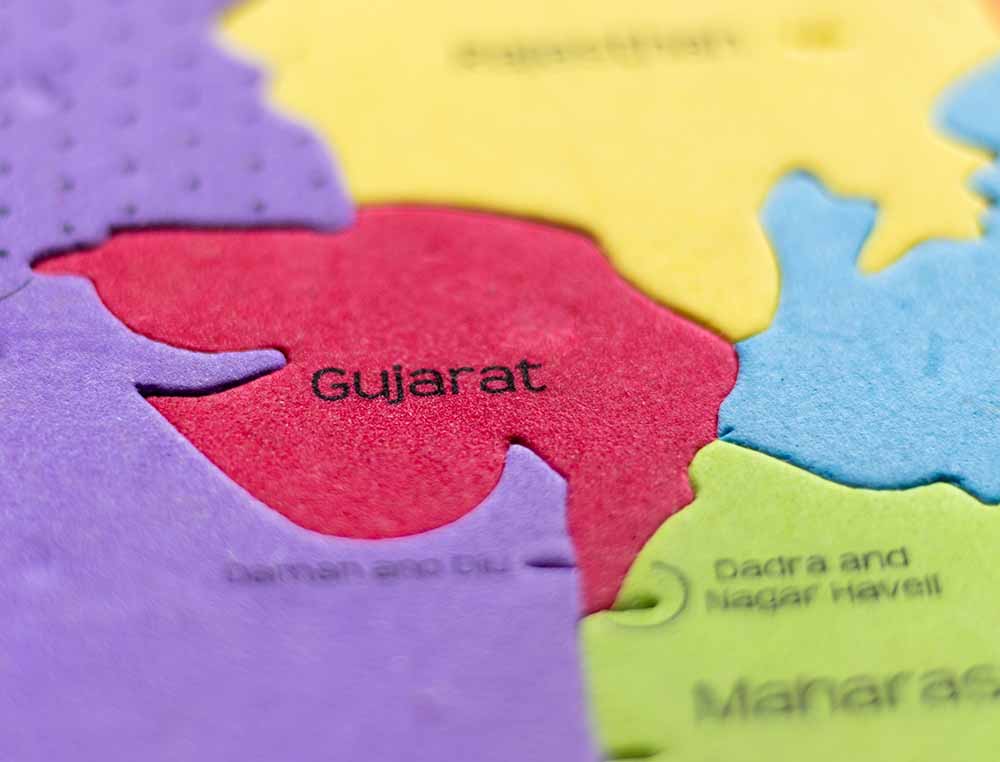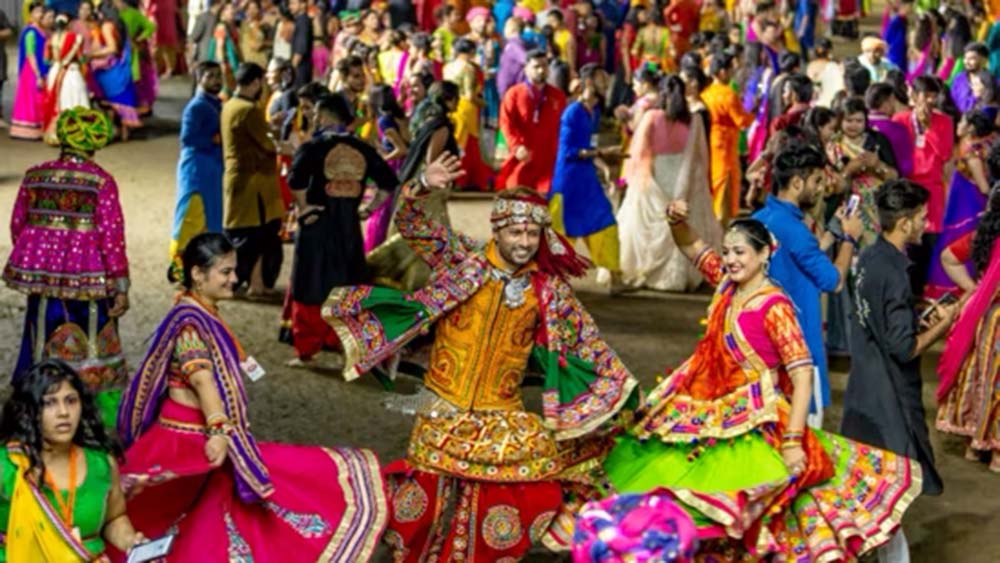We’re all no strangers to Garba, Gujarat’s popular folk dance form that is performed in community circles. It has endeared itself to us over the years through festival gatherings and Bollywood songs alike. Now, in an important milestone, UNESCO has included the dance form on the Representative List of Intangible Cultural Heritage (ICH) of Humanity.

At the 18th meeting of the Intergovernmental Committee for the Safeguarding of the Intangible Cultural Heritage in Kasane, Botswana, this esteemed acknowledgment was bestowed in accordance with the 2003 Convention for the Safeguarding of Intangible Cultural Heritage.

Garba Promotes Social & Gender Inclusivity
Garba’s addition to UNESCO’s list makes it the 15th Indian ICH element and is evidence of the Government’s unwavering efforts, spearheaded by Prime Minister Narendra Modi, to present India’s rich cultural legacy to the world. Garba, which has its roots in religious and ceremonial practices, plays a pivotal role in promoting social and gender inclusion transcending geographical boundaries.

The people who participate in Garba celebrations come from diverse backgrounds and the community is inclusive in nature, ranging from the dancers to the musicians, the social groups, craftspeople, and religious structures. Garba promotes equality by bridging the gaps between gender, socioeconomic, and religious systems, thus strengthening social bonds. It is customarily practiced during Navratri, a festival devoted to the worship of Shakti, the feminine energy.
14 Other Components From India
15 components from different regions of India have been added to UNESCO’s representative list of ICH. The other 14 elements to have been inscribed on UNESCO’s representative list of Intangible Cultural Heritage (ICH) are: Ramlila; yoga; Vedic chanting; Kutiyattam, Sanskrit theatre of Kerala; Ramman, religious festival and ritual theatre of the Garhwal Himalayas; Mudiyettu, Kerala’s ritual theatre and dance drama; Kalbelia folk songs and dances of Rajasthan; the Chhau dance of eastern India; Buddhist chanting of Ladakh; Sankirtana, ritual singing, drumming and dancing of Manipur; traditional brass and copper craft of utensil-making in Punjab; Nawrouz; Kumbh Mela and Durga Puja in Kolkata.
Image source: Indian Express, Hindustan Times, NDTV